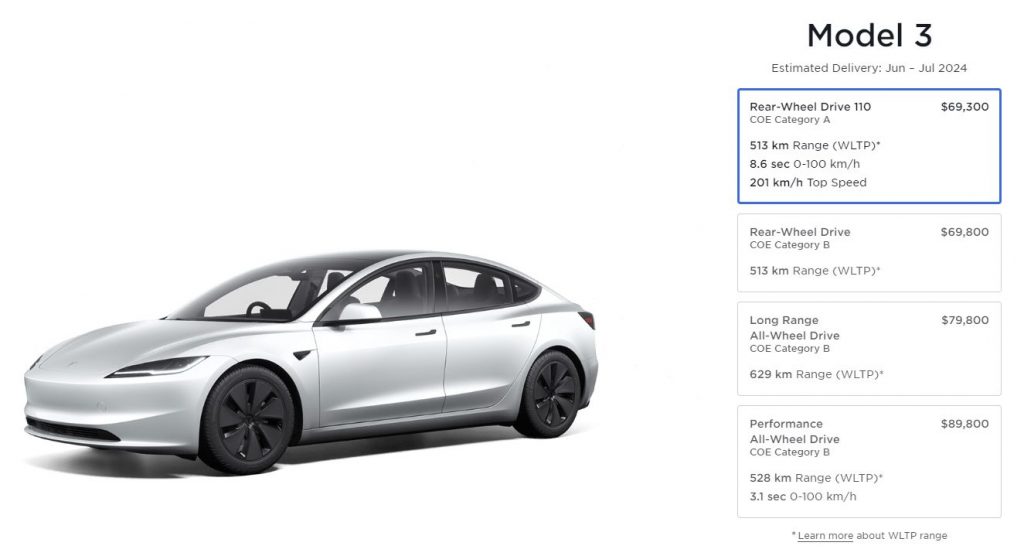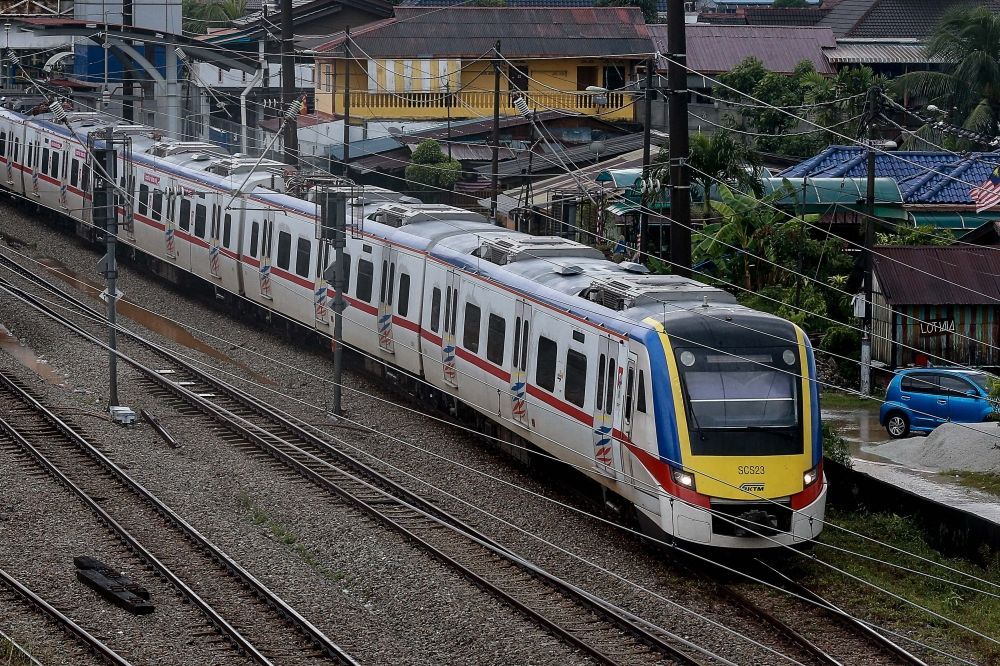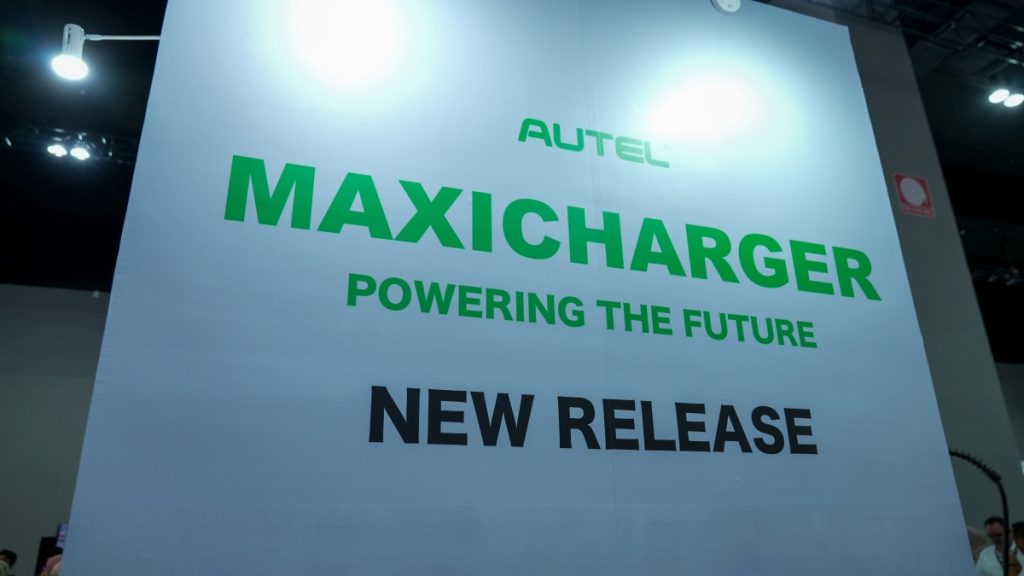Following the release of the Tesla Model 3 Performance which boasts 460hp, the EV brand has just released a 4th version in Singapore that’s meant to offer a lower cost of ownership. It’s called the Tesla Model 3 RWD 110 which is essentially a detuned version of the standard range Tesla Model 3 RWD while maintaining a similar hardware setup.
As the name implies, the Tesla Model 3 RWD 110 has a reduced power output of 110kW. It is priced at SGD 69,300 (about RM240,934) excluding COE, which is merely SGD 500 cheaper than the standard range RWD model. Unlike other Tesla Models which require COE Category B, the 110 model is classified as COE Category A.
Tesla Model 3 RWD 110 Specs
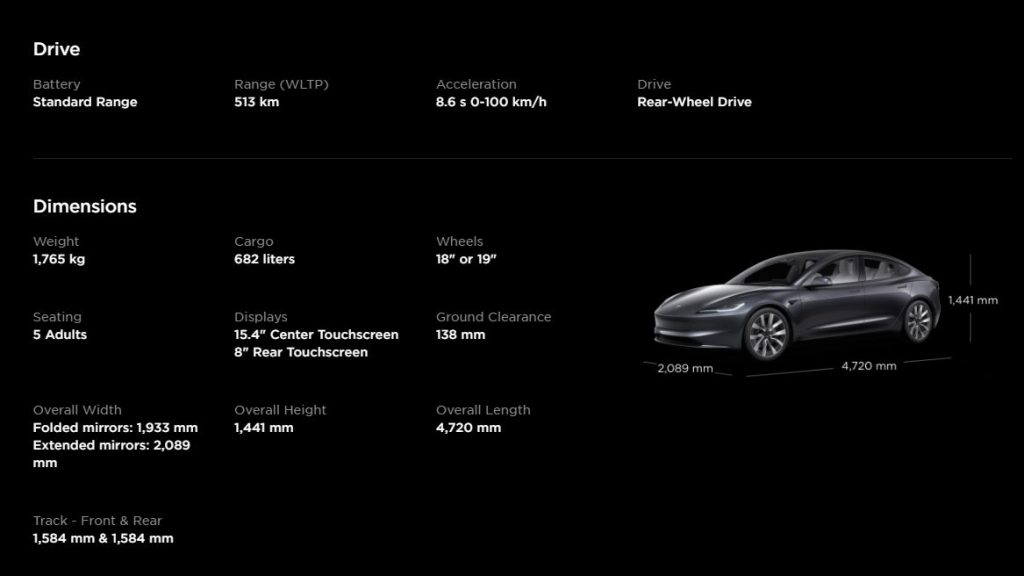
Due to the reduced power output, the Tesla Model 3 RWD 110 can do 0-100km/h in 8.6 seconds, which is slightly slower than the usual 6.1 seconds on the standard model. It still has the same top speed of 201km/h and the same WLTP-rated range of 513km on a single charge.
If you compare the specs, the overall weight and dimensions are the same as the uncapped RWD model. We reckon that it uses the same motor and the reduced performance is merely limited by software. In terms of charging, it also supports 11kW AC and DC charging up to 170kW.
Why 110kW? What is COE Category A?
If you want to own a car in Singapore, you are required to obtain a Certificate of Entitlement (COE) which typically costs more than the actual car itself. For passenger vehicles, there’s COE Category A which typically covers vehicles powered by engines of up to 1600cc and anything more than that, you’ll have to get a COE Category B or Category E (Open). To encourage the adoption of EVs, the Land Transport Authority of Singapore has increased the maximum power output threshold for EVs from 97kW to 110kW under Category A.
As a result, buyers of EVs with 110kW (148hp) or less can enjoy lower COE costs which translates to a lower cost of ownership. According to the recent COE Bidding results, COE Category A costs SGD 93,604 (about RM325,326) while Category B costs SGD 105,002 (about RM364,941). That’s a whopping SGD 11,398 in savings which is close to RM40,000.
Other EV brands have also released similar detuned versions that qualify for the cheaper COE categorisation. This includes the detuned Hyundai Ioniq 5 Prestige 58kWh variant equipped with a single motor that pushes 107kW (143hp) and the detuned MG ZS EV with a reduced 99kW (132hp) output.
Would you consider a lower output EV?
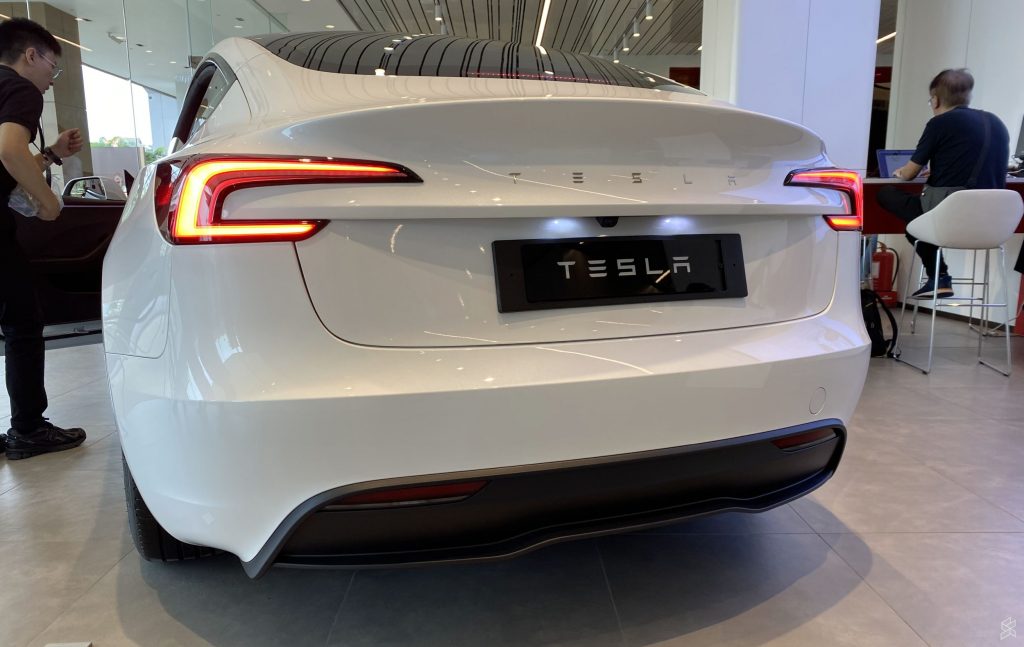
The thrill of owning an EV is its instant acceleration and most brands would often advertise its blistering 0-100km/h times and impressive power output and torque figures. While those figures look great for marketing materials, the reality is that most EVs even with 150kW or less are still faster than their equivalent petrol-powered competitors. Electric motors can provide instant torque and are much quicker than the 0-100km/h time suggests.
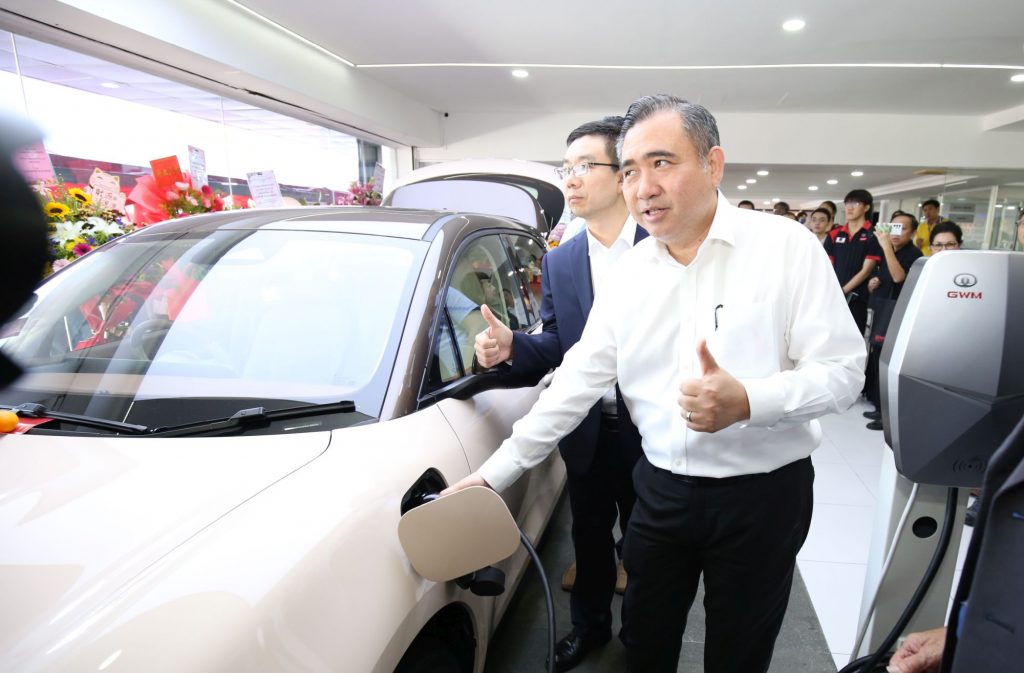
While Malaysians don’t need to worry about the hefty COE cost of owning a car, there’s still a big question mark about the new road structure for EVs. While Transport Minister Anthony Loke has indicated that road tax EVs would be cheaper than petrol vehicles, the calculation would likely be based on power output (kW). If that’s the case, an EV with 150kW (201hp) would pay less than an EV that does 300kW (402hp) or 400kW (536hp).
If you’re thinking of getting an EV, you should ask yourself, do you need more than 300hp? Or is range more important than performance? For example, the BYD Seal Premium RWD with 308hp (RM179,800) and 0-100km/h time of 5.9 seconds has a longer WLTP-rated range of 570km, while the Seal Premium AWD with 523hp (RM199,800) and 0-100km/h time of 3.8 seconds has a shorter range of 520km.
Similarly, the Tesla Model 3 AWD LR (RM210,000) boasts 629km of range and can get from 0-100km/h in 4.4 seconds. Meanwhile, the Tesla Model 3 AWD Performance (RM242,000) with a blistering 0-100km/h time of 3.1 seconds has a shorter range of 528km.

